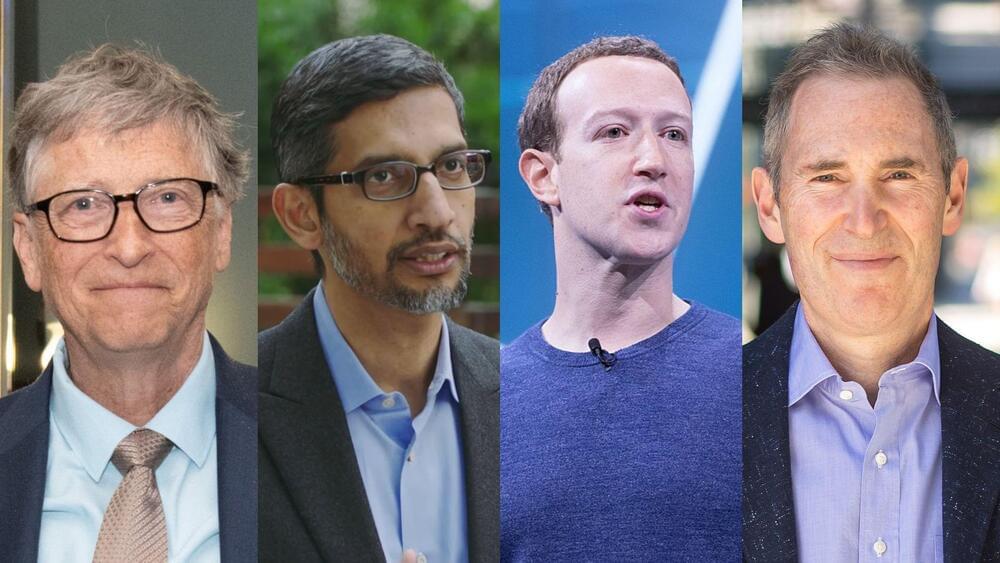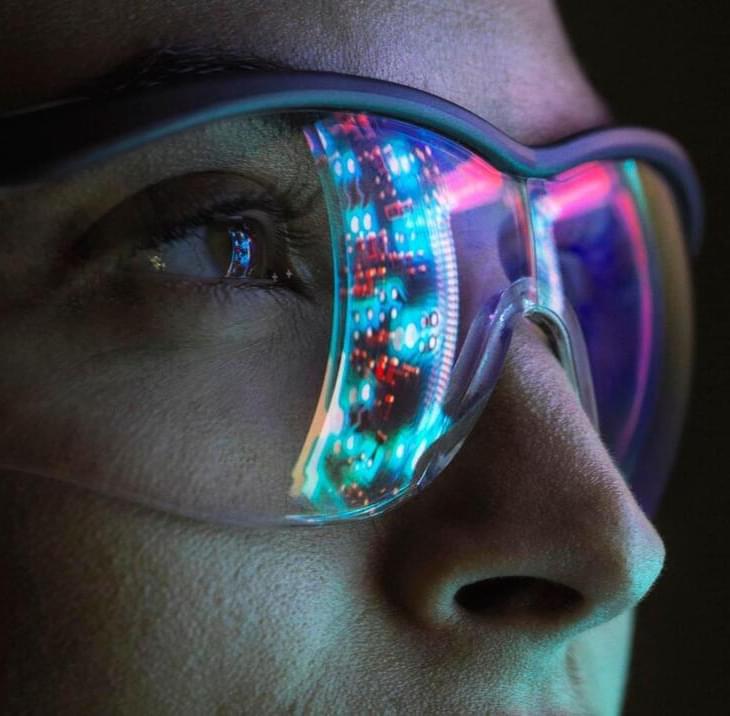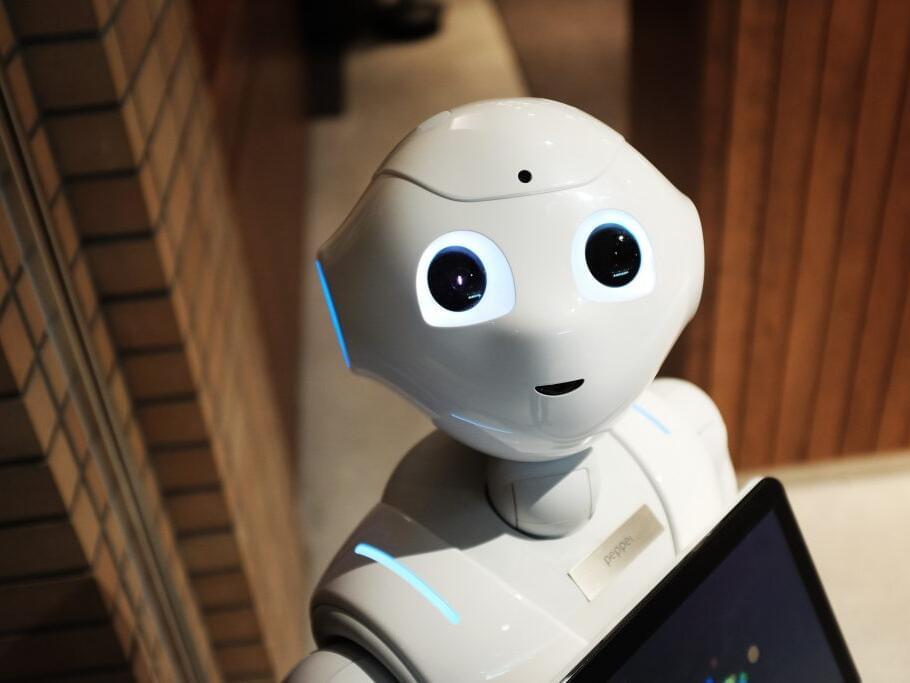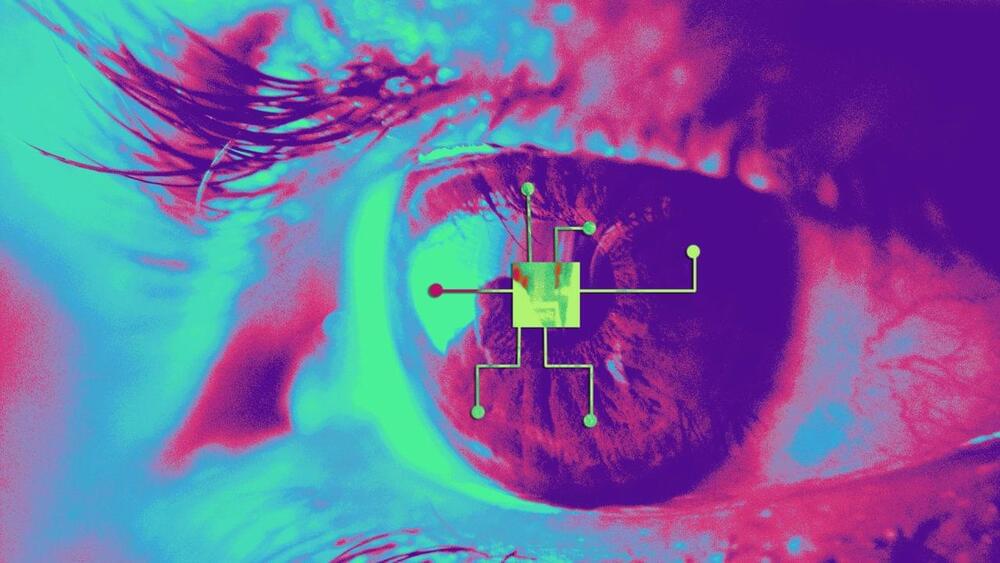The quarterly reports by these tech behemoths show their efforts to increase AI productivity in the face of growing economic worries.
The US tech giants like Alphabet, Microsoft, Amazon, and Meta are increasing their large language model (LLM) investments as a show of their dedication to utilizing the power of artificial intelligence (AI) while cutting costs and jobs.
Since the launch of OpenAI’s ChatGPT chatbot in late 2022, these businesses have put their artificial intelligence AI models on steroids to compete in the market, CNBC reported on Friday.
The IT behemoths Alphabet, Microsoft, Amazon, and Meta are increasing their large language model (LLM) investments as a show of their dedication to utilizing the power of artificial intelligence (AI) while cutting costs and jobs.







